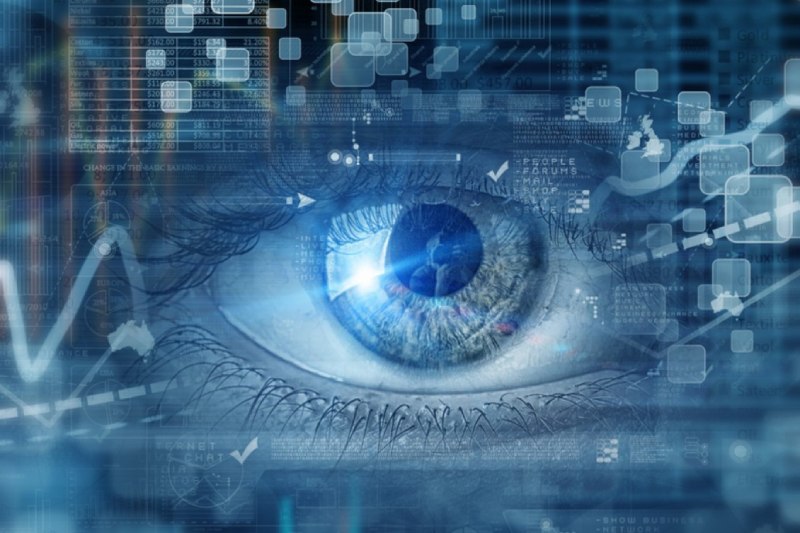Trinity College Dublin researchers found that people’s rates at which they interpret visual information vary greatly using a blink-and-you-ll-miss-it experiment. Some individuals receive more visual information in a given amount of time than others because they are able to perceive quickly changing visual cues at frequencies that others are not able to.
According to this research, certain people may naturally excel in situations where reaction time is critical, like ball sports or competitive video games.
We call this rate at which we view the environment “temporal resolution,” and it’s akin to the refresh rate of a computer monitor in many aspects.
The researchers from the Trinity College Institute of Neuroscience and the Department of Zoology in the School of Natural Sciences discovered that there is a significant difference in people’s temporal resolution, or that some people can actually see more “images per second” than others.
The “critical flicker fusion threshold,” a measurement of the highest frequency at which a person can detect a flickering light source, was employed by the scientists to quantify this.
A person will not be able to detect flickering light if it occurs over their threshold; instead, they will perceive the light as steady. While the light was actually flashing roughly 35 times per second, some experiment participants reported seeing it as perfectly stationary, while others were still able to sense the flashing at speeds exceeding 60 times per second.
The article published in PLOS ONE was written by Clinton Haarlem, a Ph.D. candidate in the School of Natural Sciences, as the first author. He continued, “We also measured temporal resolution on multiple occasions in the same participants and found that even though there is significant variation among individuals, the trait appears to be quite stable over time ‘within’ individuals.”
A post-hoc analysis did indicate that there might be somewhat more fluctuation over time within females than within males, despite the fact that our visual temporal resolution is generally rather steady from day to day.
“We don’t yet know how this variation in visual temporal resolution might affect our day-to-day lives, but we believe that individual differences in perception speed might become apparent in high-speed situations where one might need to locate or track fast-moving objects, such as in ball sports, or in situations where visual scenes change rapidly, such as in competitive gaming,” Clinton Haarlem said.
“This suggests that some people may have an advantage over others before they have even picked up a racquet and hit a tennis ball, or grabbed a controller and jumped into some fantasy world online.”
Professor of Zoology Andrew Jackson of Trinity’s School of Natural Sciences commented, “What I think is really interesting about this project is how a zoologist, a geneticist and a psychologist can all find different angles to this work. For me as a zoologist the consequences of variation in visual perception likely has profound implications for how predators and prey interact, with various arms-races existing for investment in brain processing power and clever strategies to exploit weaknesses in one’s enemy.”
According to Kevin Mitchell, an associate professor in developmental neurobiology at Trinity College’s Institute of Neuroscience and School of Genetics and Microbiology, “We might naively expect that everyone else perceives the world in the same way we do because we only have access to our own subjective experience.” Though there are numerous less well-known ways that perception might differ, examples such as color blindness demonstrate that this isn’t always the case.
“This study characterizes one such difference—in the ‘frame rate’ of our visual systems. Some people really do seem to see the world faster than others.”
